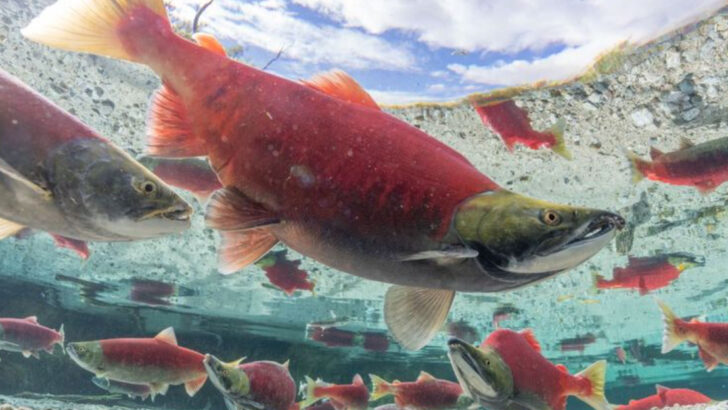Tear down a dam, and nature roars back to life.
For decades, concrete walls choked the flow of rivers, trapping fish, silencing migrations, and breaking ancient cycles. But once those barriers fall? The comeback is nothing short of wild.
Fish that hadn’t been seen in generations are returning — surging upstream like they never left. These aren’t slow recoveries. They’re full-blown revivals, complete with spawning runs, renewed ecosystems, and the return of life to waters that had gone eerily still.
This is a celebration of grit, gills, and second chances.
Meet 15 river fish rewriting their story — not with words, but with every powerful flick of their tail.
Atlantic Salmon
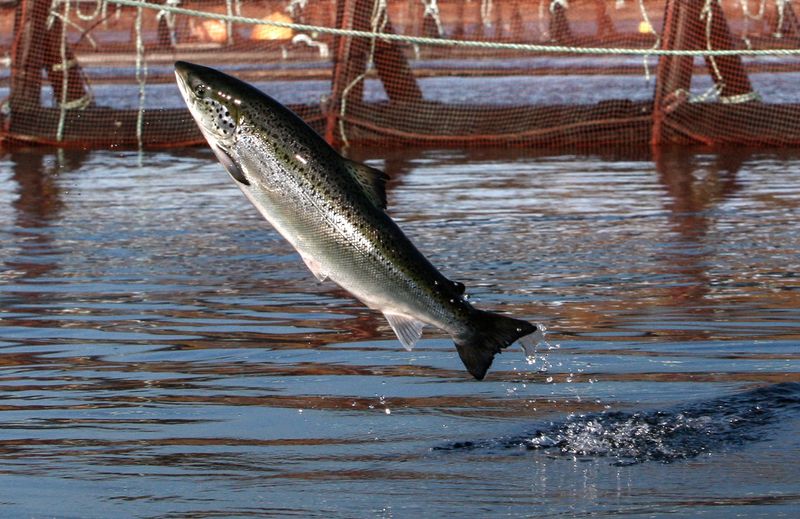
With its sheer strength and determination, the Atlantic Salmon is a symbol of resilience. After the removal of dams, these fish have returned to their natal streams, fulfilling their ancient migratory patterns.
Historically, they were blocked from reaching spawning grounds, but now, their numbers are climbing. Once overfished and isolated, these majestic creatures are a testament to nature’s ability to heal and regenerate. The Atlantic Salmon’s comeback has also bolstered local economies, providing inspiration to conservationists worldwide.
Did you know? They can leap over obstacles as high as 12 feet!
American Shad
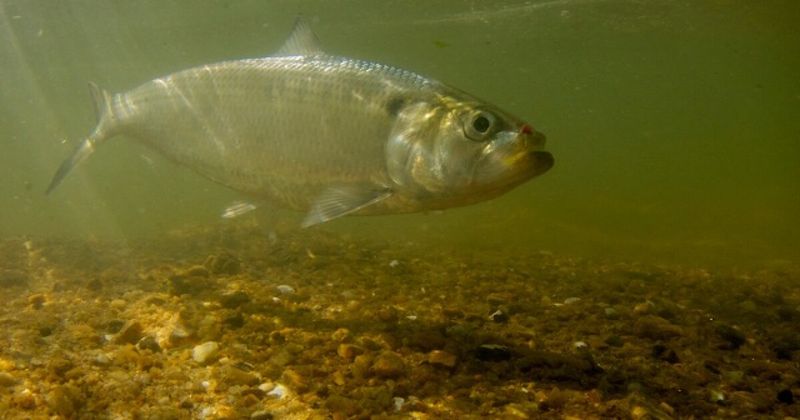
Caught in a dance of silvery scales, the American Shad has made a notable return to many rivers. These fish, prized for their meat and roe, were once on the brink due to dam restrictions.
However, their instinct to return to freshwater to spawn is now unhindered, leading to burgeoning populations. Their recovery is not just a win for biodiversity but also a cultural revival for communities celebrating traditional shad festivals.
Fun fact: The American Shad is known to undertake one of the longest migrations of any fish in North America!
Sea Lamprey

Often misunderstood, the Sea Lamprey is an ancient species making a striking comeback. As dams are dismantled, these jawless fish reclaim their natural habitats, contributing to the ecological balance.
Despite their parasitic nature, they play a crucial role in nutrient cycling and food web dynamics. Once labeled as pests, their resurgence is now seen as a biological blessing.
Interestingly, Sea Lampreys have been around for over 360 million years, far preceding the dinosaurs!
Sturgeon
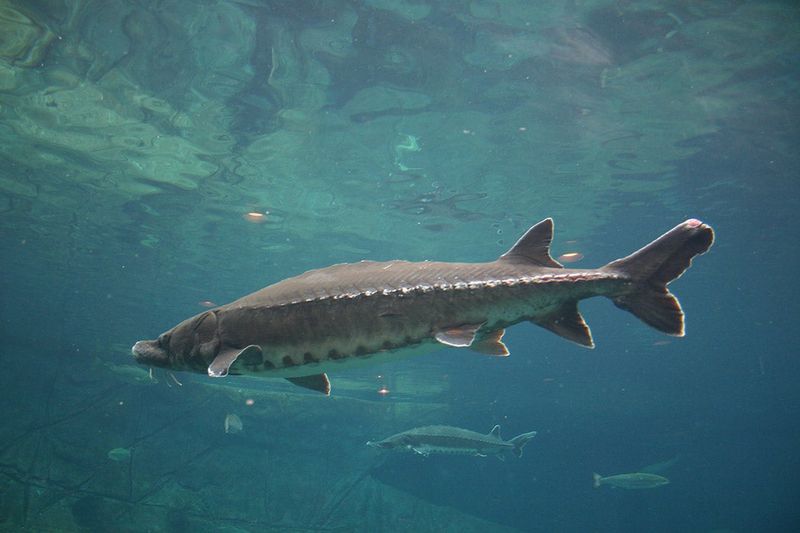
With prehistoric features and a gentle glide, the Sturgeon is a fascinating comeback story. These ancient giants, some growing over 15 feet long, were decimated by overfishing and dam obstructions.
However, recent habitat restorations have allowed them to return to spawning grounds, boosting their numbers significantly. Their survival is crucial for maintaining the genetic diversity of river ecosystems.
Did you know? Some Sturgeon species can live over 100 years, witnessing centuries of environmental change firsthand.
River Herring
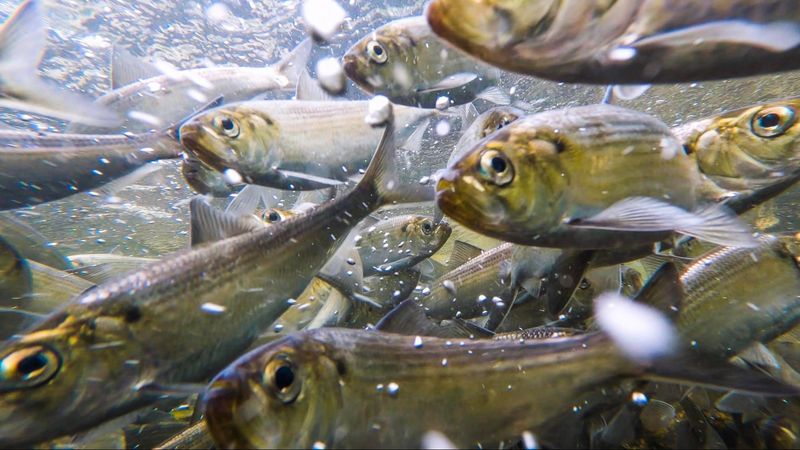
Like shimmering droplets of silver, River Herring have made a remarkable return to several waterways. These small but significant fish were once blocked by dams, severing their lifeline to spawning habitats.
Their resurgence has revitalized food webs, supporting predators like ospreys and eagles. The River Herring’s comeback underscores the impact of free-flowing rivers on biodiversity.
Fun fact: River herring are keystone species, meaning their presence indicates a healthy ecosystem!
Brook Trout
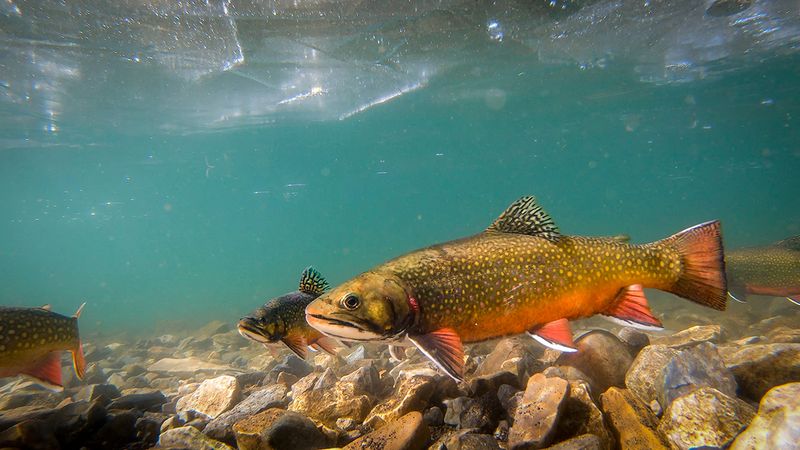
The picturesque Brook Trout, with its vibrant colors and speckled patterns, has found its way back to native streams. Dam removals have reopened cold, clear waters essential for their survival.
This trout species is a favorite among anglers and symbolizes pristine wilderness. Their recovery reflects successful conservation efforts and improved water quality.
Interestingly, Brook Trout are actually members of the char family, known for their unique markings and adaptability to cold environments.
Alewife
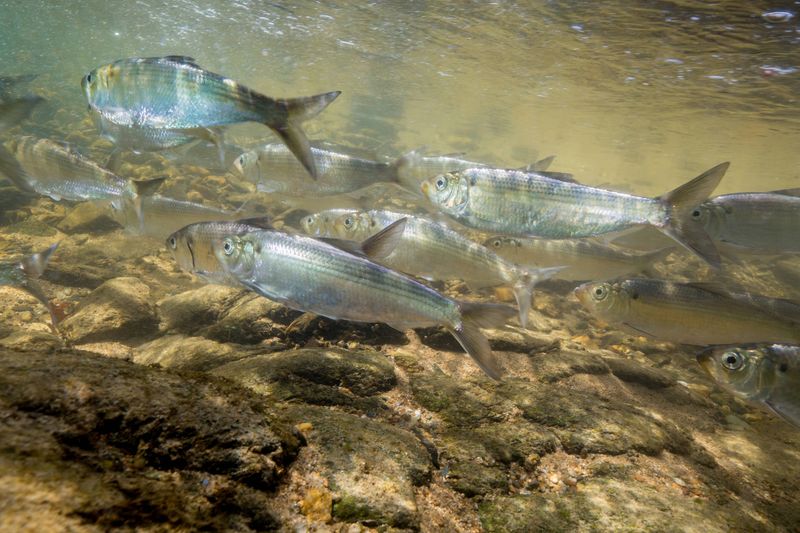
Alewives, with their shimmering bodies, have surged back into freshwater systems with renewed vigor. Once hindered by dams, these fish are vital for the ecosystem, providing sustenance for a variety of predators.
Their return has rejuvenated local fisheries, marking a significant ecological victory. Alewives are anadromous, meaning they live in the sea but spawn in freshwater—a cycle now possible again thanks to dam removals.
Did you know? Alewives are related to herring and play a crucial role in nutrient transfer between marine and freshwater ecosystems.
Rainbow Trout
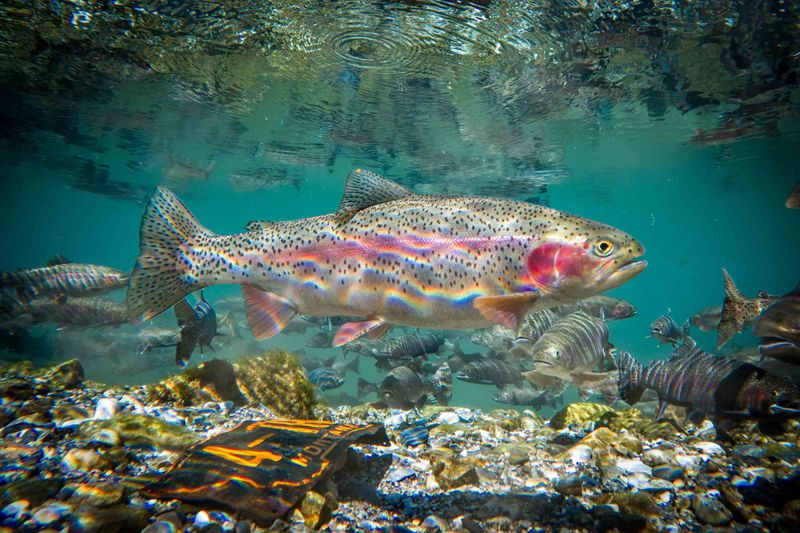
Adorned with iridescent hues, the Rainbow Trout exemplifies nature’s beauty and resilience. The removal of dams has allowed them to access spawning grounds, leading to healthier populations.
These fish are not only a favorite of anglers but also a barometer for environmental health. Their successful recovery is a tribute to concerted conservation efforts and habitat restoration.
Fun fact: Rainbow Trout are known to jump several feet out of the water, making them a thrilling catch for fishermen!
Walleye
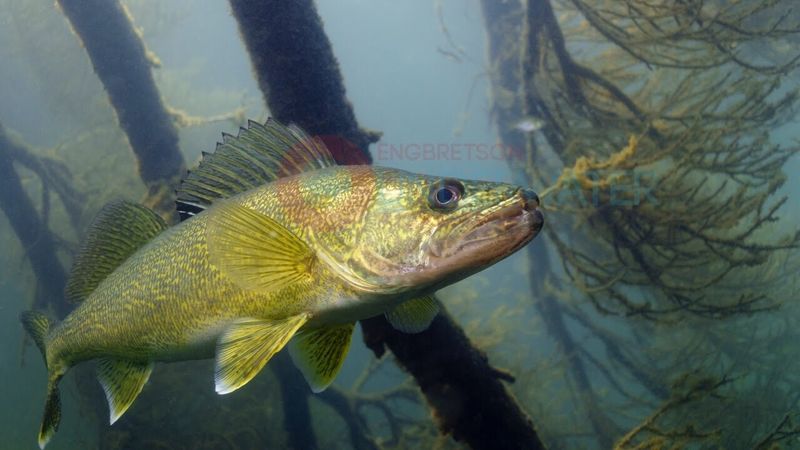
Renowned for its delectable taste, the Walleye has been a prized catch for many fishing enthusiasts. Its reflective eyes give it an edge in low-light conditions, making it an efficient nocturnal hunter.
The removal of certain dams has allowed the Walleye to access spawning grounds that were previously blocked, leading to a boost in their numbers. Their return is a testament to the resilience of nature.
Fun fact: The name Walleye comes from the fish’s unique eyes, which appear “wall-eyed,” reflecting light like a cat’s.
Northern Pike
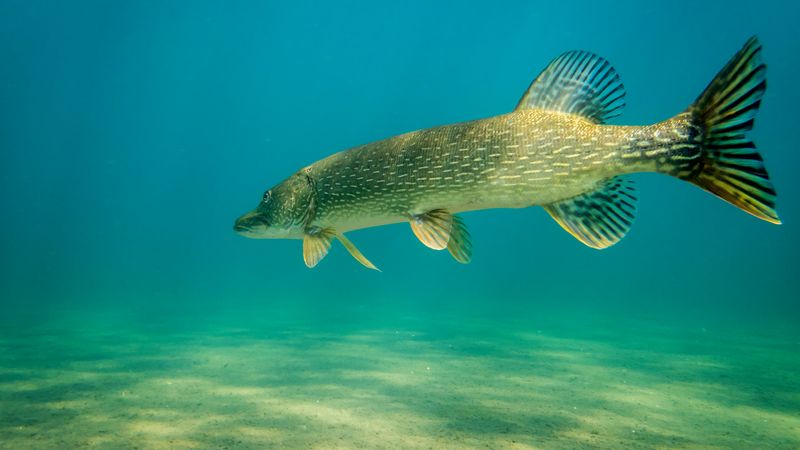
With its slender, torpedo-shaped body and fierce demeanor, the Northern Pike is a sight to behold. This predatory fish has long been appreciated by anglers for its aggressive strikes and thrilling fights.
In many rivers, the removal of dams has recreated the slow-moving waters and backwaters that Northern Pike love. These areas provide the perfect hunting grounds for this cunning predator.
Did you know? Northern Pike can grow up to 150 cm and live for more than 20 years, making them one of the top predators in freshwater ecosystems.
Brown Trout

The resilient Brown Trout is once again gracing river waters, thanks to habitat restoration efforts. Introduced from Europe, these fish have adapted well and are now thriving in new environments.
Their presence is indicative of healthy aquatic ecosystems, as they require clean, oxygen-rich waters to flourish. Brown Trout are known for their canniness and ability to adapt to varying conditions, making them a prized catch among anglers.
Fun fact: Brown Trout can live for up to 20 years, often growing larger with age.
Chinook Salmon
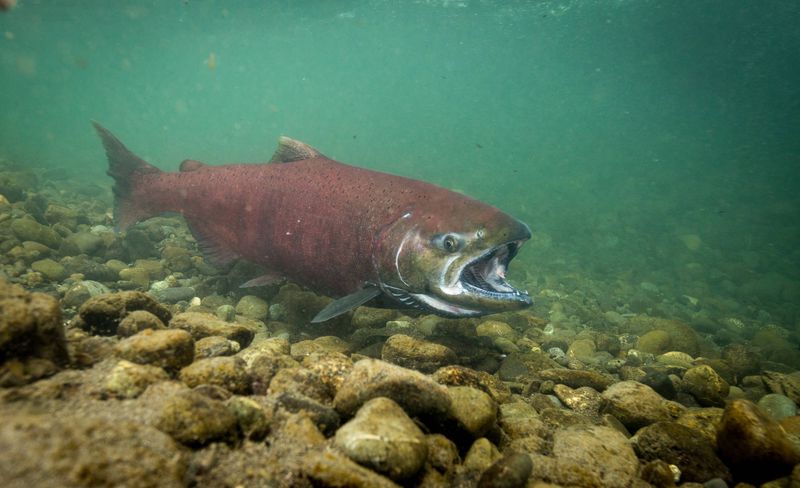
With majestic leaps and powerful strides, Chinook Salmon are making a heroic return to their ancestral rivers. Dams once hindered their epic migrations, but now they swim free to spawn in the gravel beds of their birth.
These salmon are crucial for nutrient cycling, enriching both aquatic and terrestrial ecosystems. Their recovery has not only boosted biodiversity but also revived cultural traditions among indigenous communities.
Did you know? Chinook Salmon are the largest of the Pacific salmon species, sometimes weighing over 100 pounds!
Coho Salmon
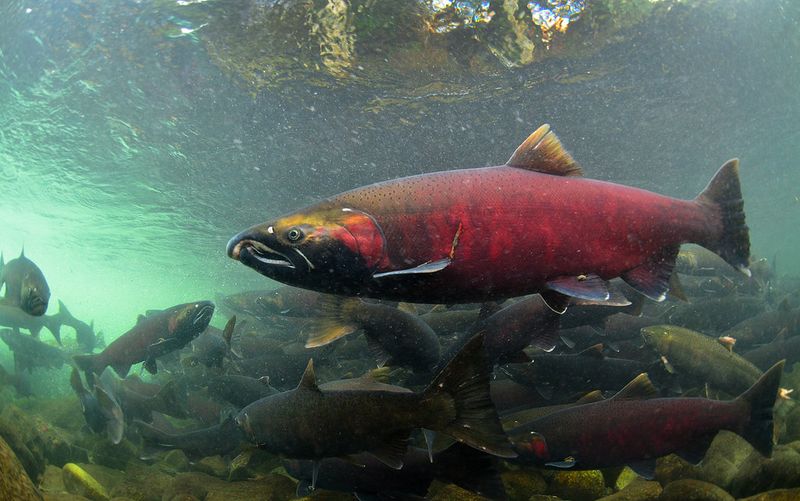
The vibrant Coho Salmon, known for its striking coloration, is experiencing a renaissance. Freed from the confines of dams, they journey upstream to spawn, a critical part of their lifecycle.
Their comeback is celebrated by both environmentalists and anglers, as they are a key species in Pacific Northwest ecosystems. Coho Salmon showcase the dramatic benefits of river restoration, as populations swell in liberated waterways.
Fun fact: These fish undergo a remarkable transformation, turning bright red when ready to spawn!
Sockeye Salmon

Sockeye Salmon, with their fiery red hue, are once again lighting up river systems. Their migration routes, once obstructed, are now open, allowing them to fulfill their spawning journeys.
These fish play a pivotal role in nutrient distribution, impacting entire food chains. Their recovery signifies healthier river ecosystems and offers hope for other threatened species.
Did you know? Sockeye Salmon can travel more than 1,000 miles from the ocean back to their freshwater spawning grounds!
Cutthroat Trout

With its crimson slash beneath the jaw, the Cutthroat Trout is as striking as it is resilient. Found in North America’s western streams, these fish are making a notable comeback. Their journey upstream, once blocked by dams, is now a testament to nature’s unyielding spirit.
Historically, the Cutthroat faced decline due to habitat loss. The removal of barriers opens pathways they haven’t traversed in decades. Now, they glide through cool, shaded waters, revitalizing ecosystems. Their presence is a beacon of ecological hope, offering a glimpse of what perseverance can achieve.
Did you know? The Cutthroat Trout is named for the red streaks on its throat, resembling a cut.

